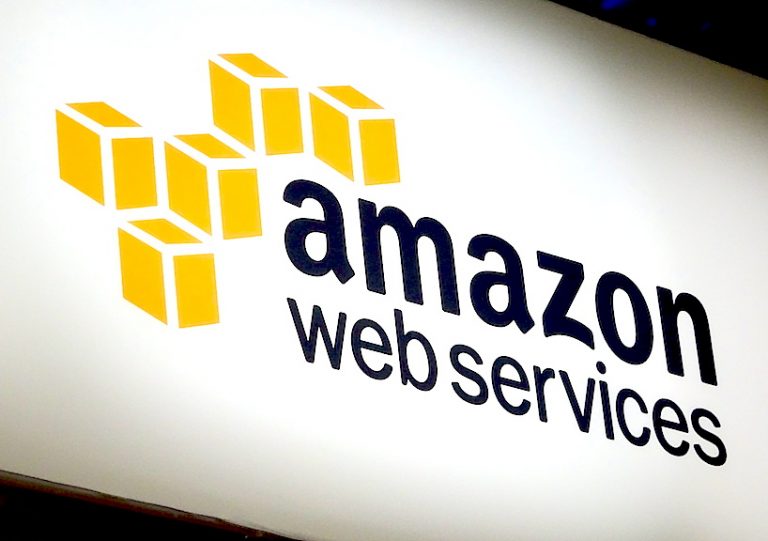 CLOUD
CLOUD
 CLOUD
CLOUD
 CLOUD
CLOUD
Amazon Web Services Inc. today revealed some more details about AWS Outposts, its forthcoming integrated data-center hardware product.
Announced in November, AWS Outposts is essentially an on-premises data center system that will be an extension of VMware Cloud on AWS or a native AWS cloud environment. It’s somewhat similar to Microsoft Corp.’s Azure Stack offering, which enables companies to run Microsoft Azure Cloud services in their own data centers.
With AWS Outposts, cloud customers will have the option to run the AWS cloud on-premises too. The hardware will come with fully managed and configurable compute and storage racks that can connect to Amazon’s public cloud.
In a blog post today, Matt Garman, AWS’ vice president of compute services, filled in some of the blanks about the service, saying that it will be made generally available by the end of this year, as expected.
Garman also revealed some of the specific services AWS Outposts will be able to run locally when it’s launched and provided a few example use case scenarios.
AWS Outposts will support numerous Amazon EC2 instances for computing tasks, including C5, M5, R5, I3en and G4, with and without local storage options. It will also support Amazon EBS volumes locally, Garman said.
Meanwhile, cloud services to be made available at launch include Amazon ECS and Amazon EKS clusters for containerized applications, Amazon EMR clusters for data analytics workloads and Amazon RDS instances for relational databases. Amazon SageMaker and Amazon MSK will also be supported soon after launch.
Garman said some of the best use cases he envisages for AWS Outposts include financial services, healthcare, manufacturing and media and entertainment.
“One of the most common scenarios is applications that need single-digit millisecond latency to end-users or onsite equipment,” Garman said. “Customers may need to run compute-intensive workloads on their manufacturing factory floors with precision and quality. Others have graphics-intensive applications such as image analysis that need low-latency access to end-users or storage-intensive workloads that collect and process hundreds of TBs of data a day. Customers want to integrate their cloud deployments with their on-premises environments and use AWS services for a consistent hybrid experience.”
Wikibon analysts Dave Vellante, James Kobielus and David Floyer discussed the potential impact of AWS Outposts with John Furrier, host of theCUBE, SiliconANGLE’s mobile livestreaming studio, shortly after the service was announced:
Support our mission to keep content open and free by engaging with theCUBE community. Join theCUBE’s Alumni Trust Network, where technology leaders connect, share intelligence and create opportunities.
Founded by tech visionaries John Furrier and Dave Vellante, SiliconANGLE Media has built a dynamic ecosystem of industry-leading digital media brands that reach 15+ million elite tech professionals. Our new proprietary theCUBE AI Video Cloud is breaking ground in audience interaction, leveraging theCUBEai.com neural network to help technology companies make data-driven decisions and stay at the forefront of industry conversations.